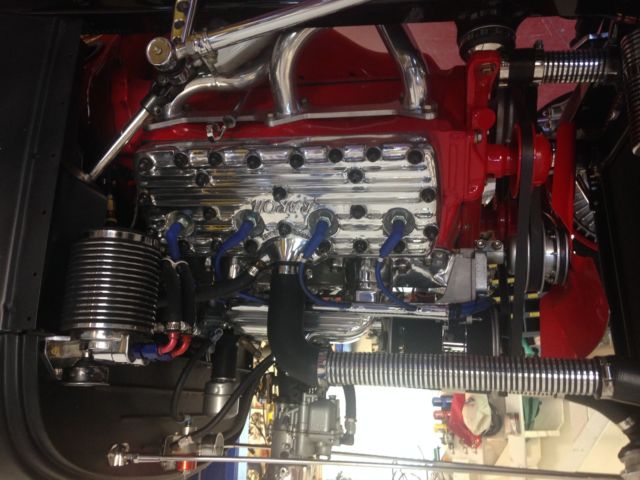

The additional bridge frame avoids problems when running in curves, just as the maximum permissible axle load enables the assembly space to be more uniformly loaded. Such designs can be found, in particular, under track maintenance machines and heavy load transport wagons or crane vehicles. They are in turn carried in a common likewise rotatable bridge frame. Four and more axle bogies are generally formed from groups of two or three axle frames because of the length produced by normal wheel diameters. There are rare cases of single axle and so-called loose wheel bogies, which of course require a special mechanical activation for running in curves. Railway bogies generally run on two or more wheelsets.

On closer consideration it also appears that many road-rail vehicles and even maglev vehicles run on special bogies.

There are an almost incalculable number of different designs of bogies. Only in this way can all the requirements for speed and comfort, load carrying capacity and axle load, safety against derailment and smooth running be achieved. Together with the better running in curves this can lead to significantly reduced wear on railway track.Īpart from the basic properties, bogies for locomotives, railcars, passenger coaches and freight wagons, as well as underground and suburban vehicles are, however, designed differently.


 0 kommentar(er)
0 kommentar(er)
